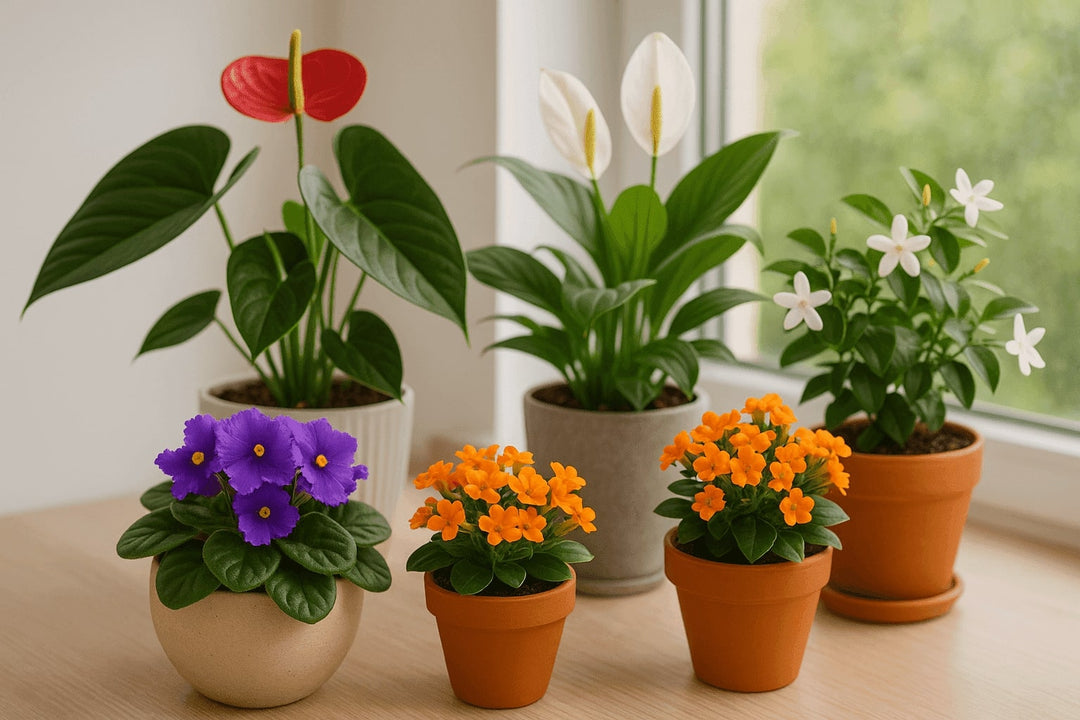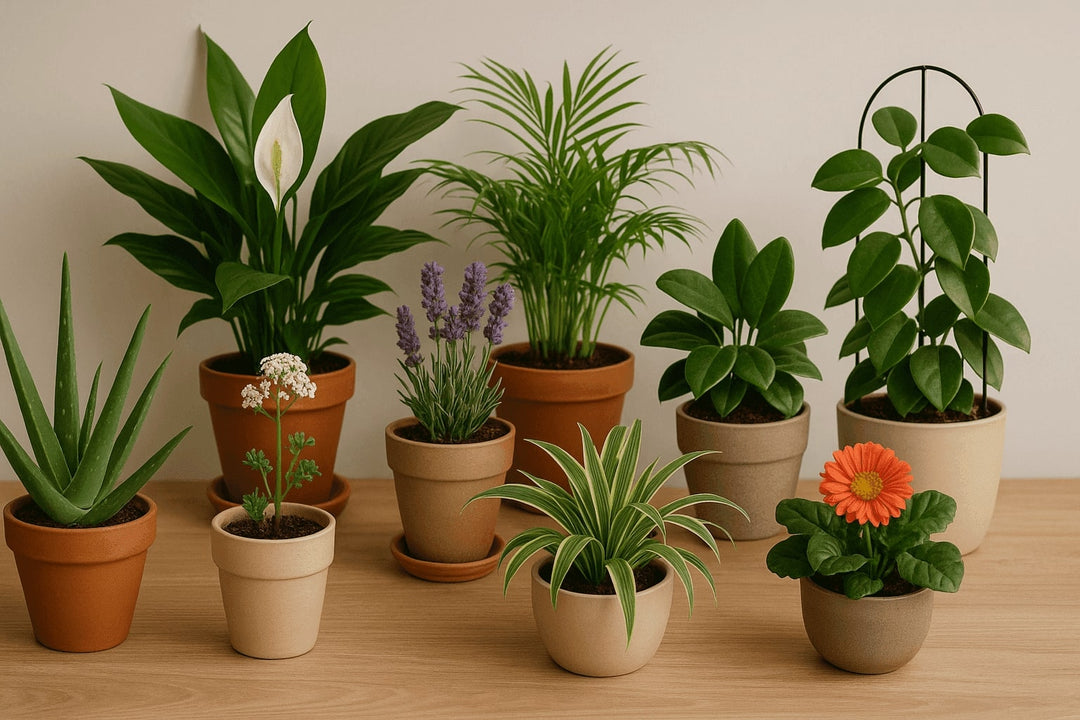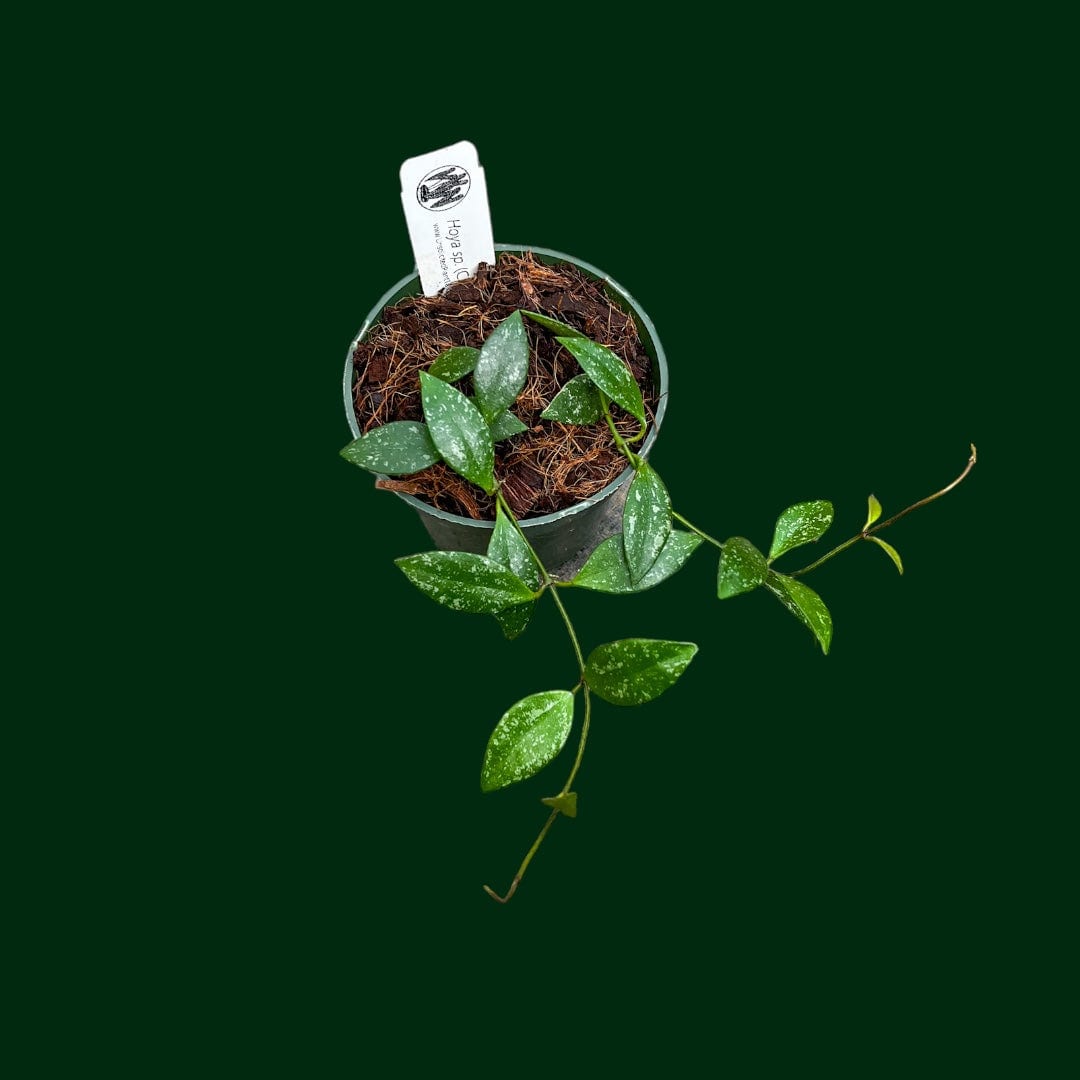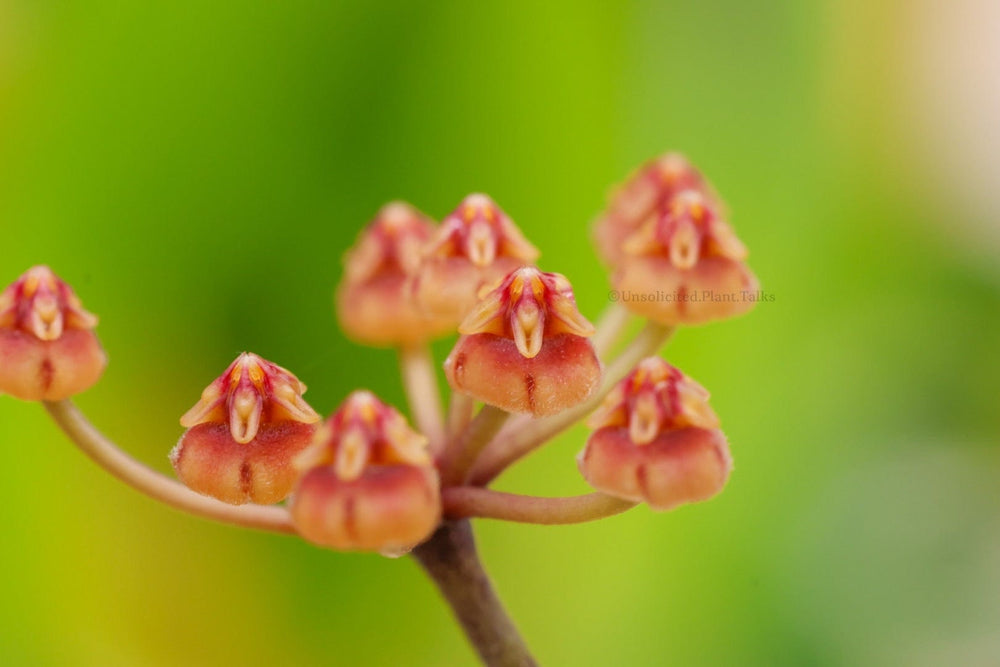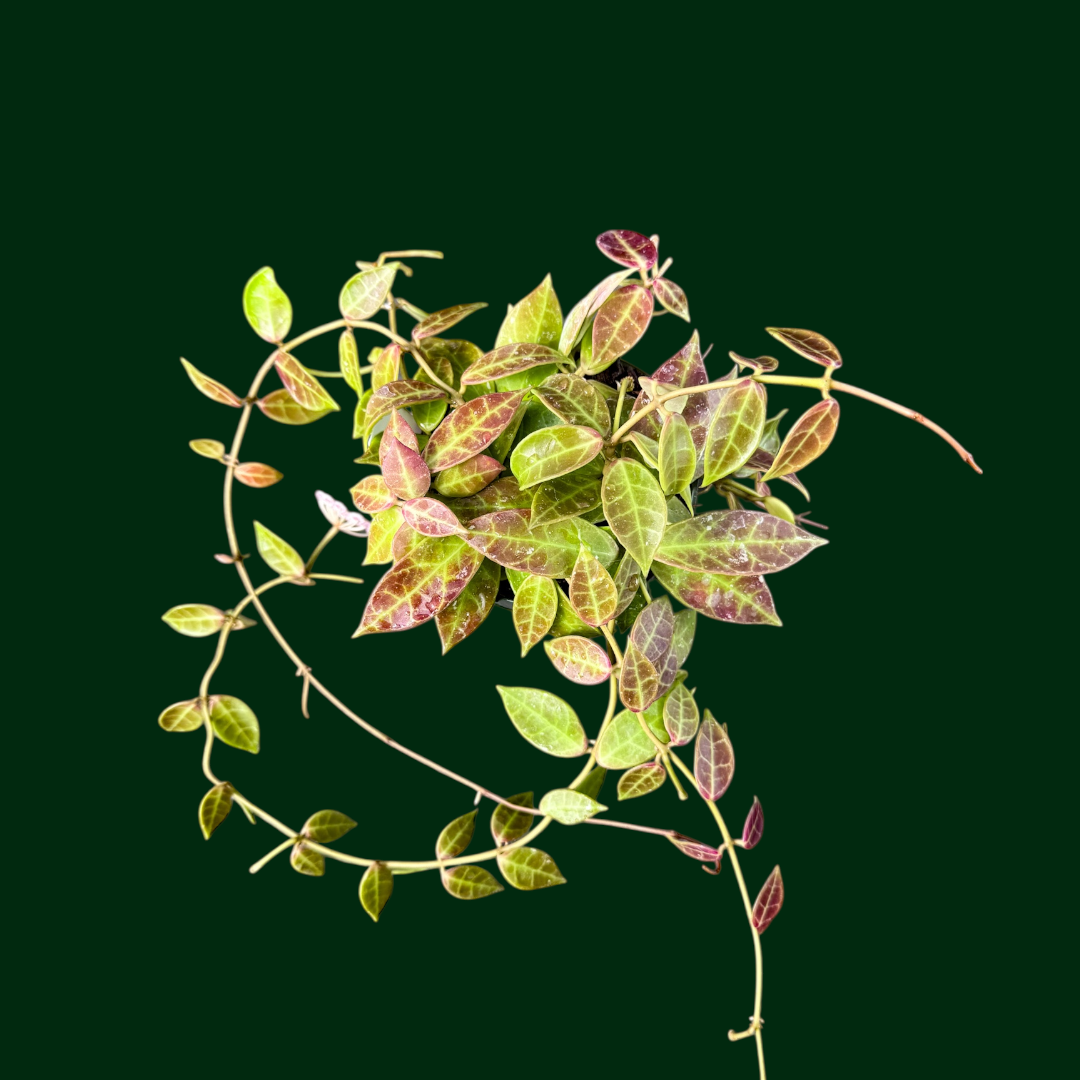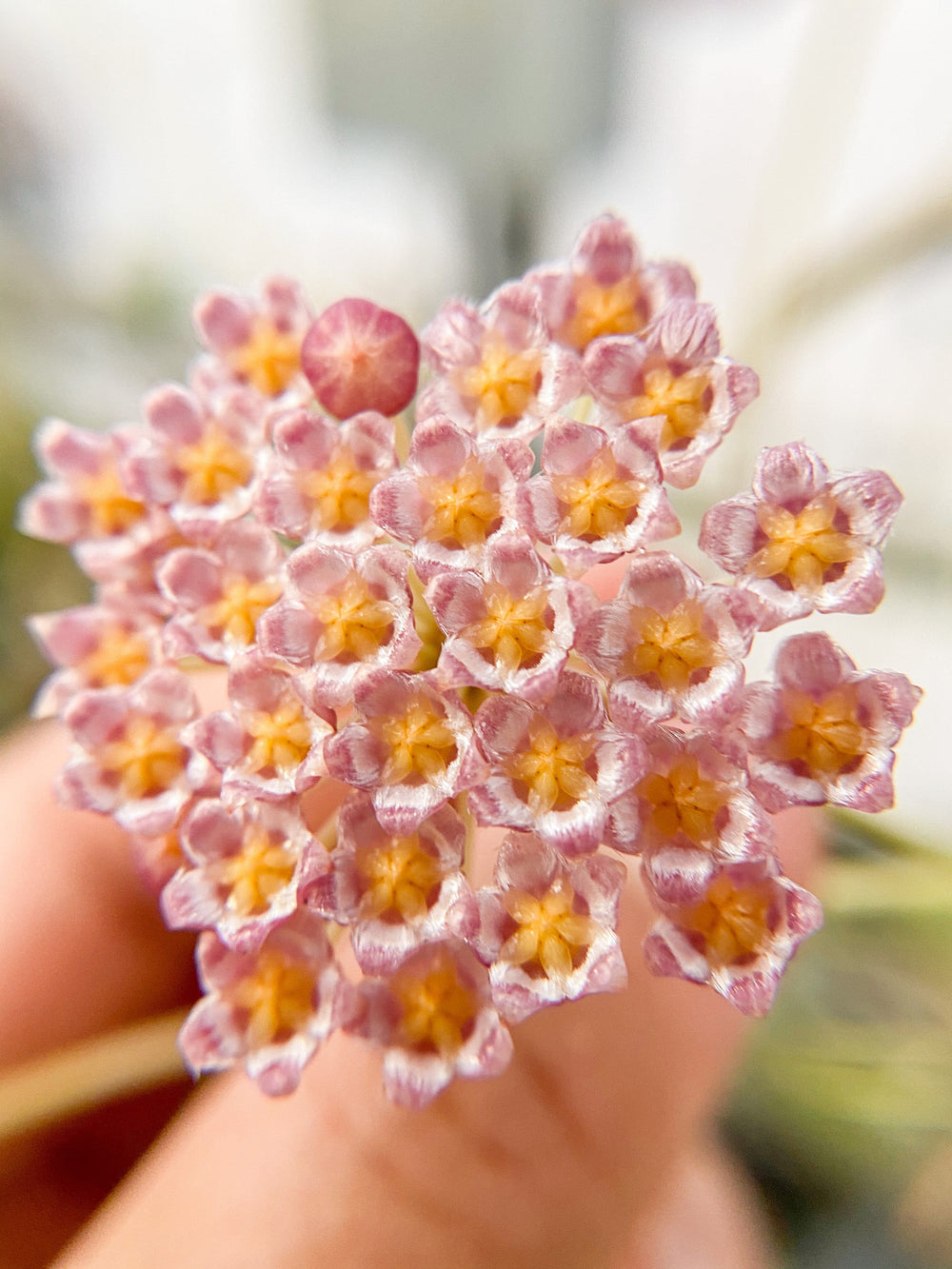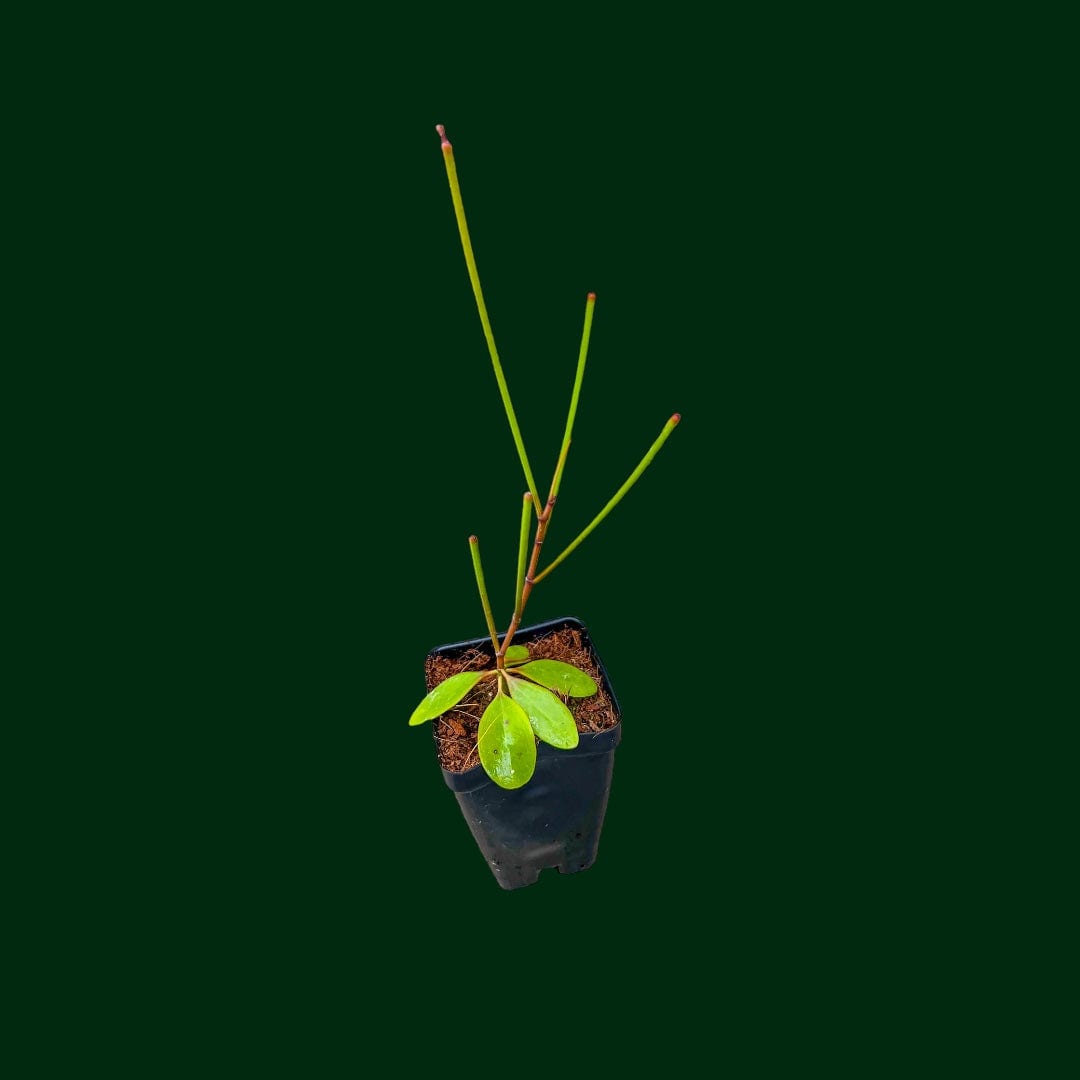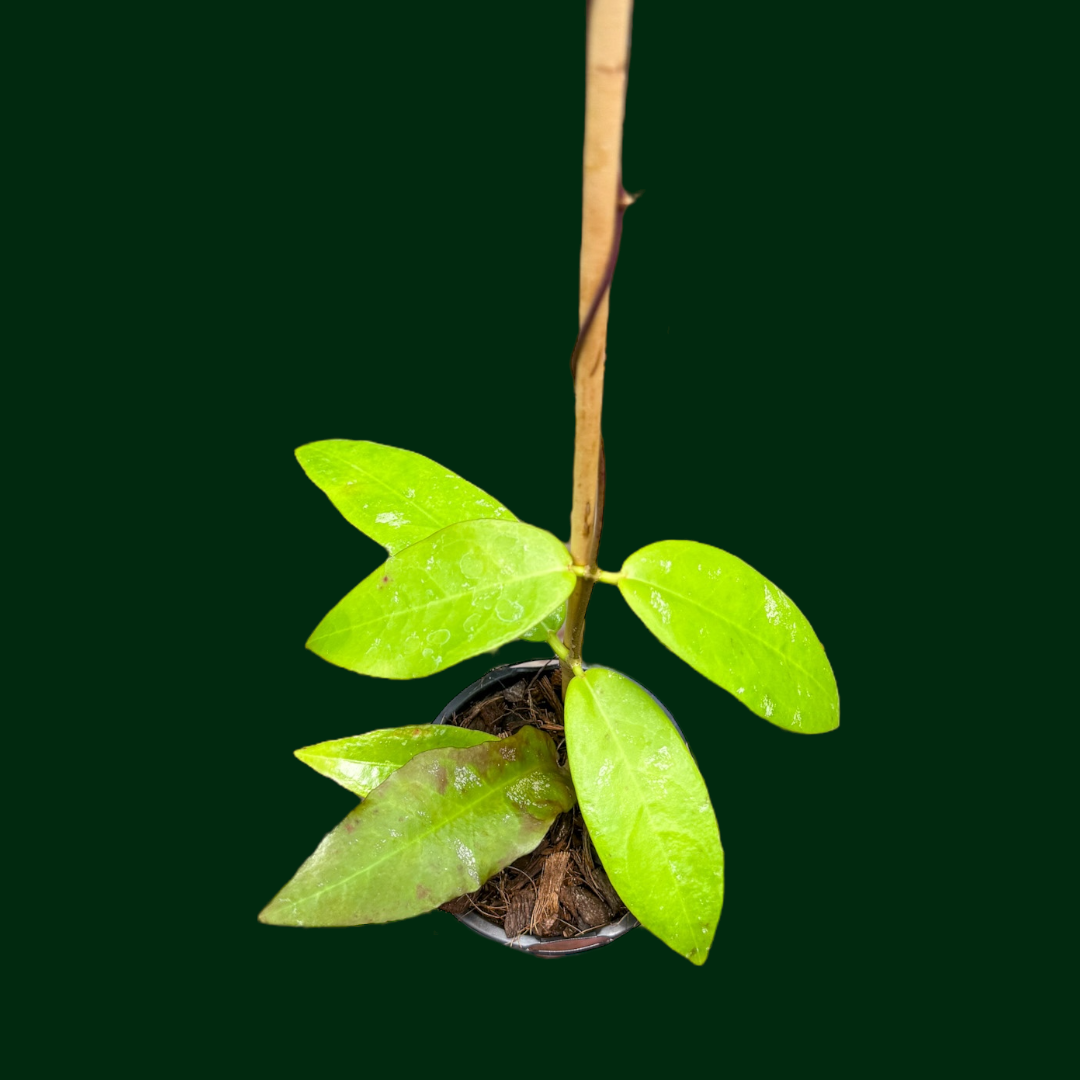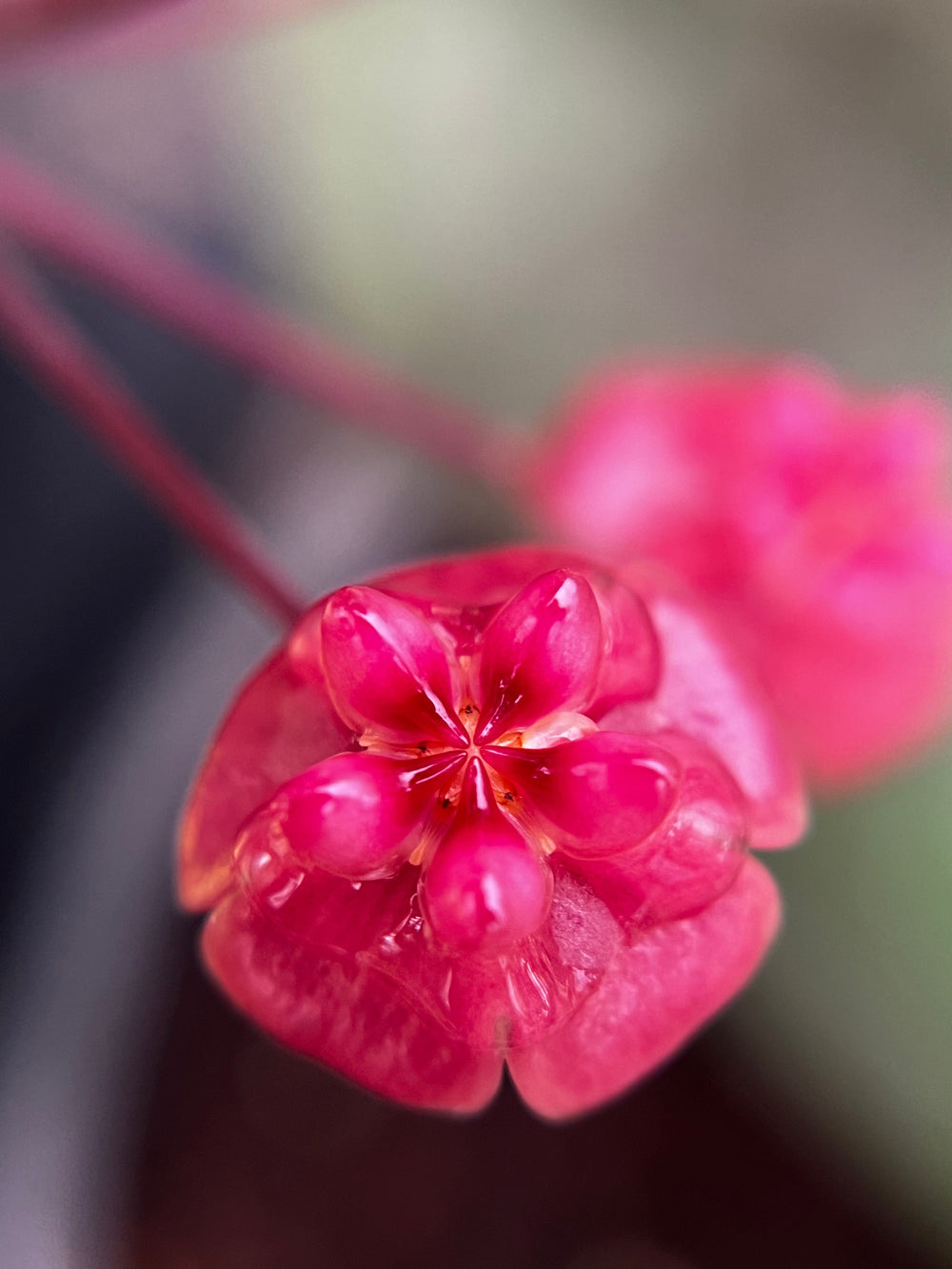Common Hoya Leaf Problems & How to Solve Them
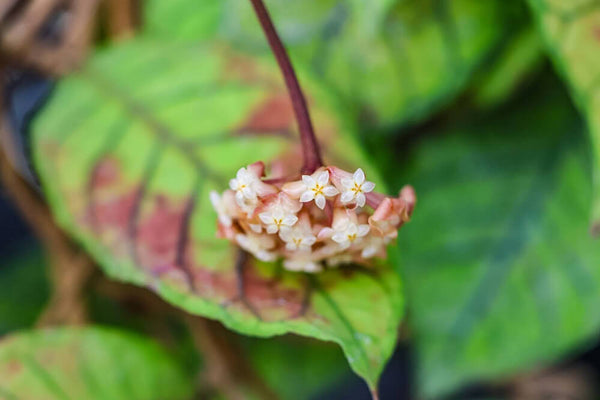
Table of Contents
Hoya plants, also known as wax plants, can be a beautiful addition to any space. However, they require careful care as, just like any other plant, they too can experience a number of hoya leaves problems. In this article, we will go through the most common ones and tell you all about how to solve them so that next time your hoya develops one of them, you’ll know exactly what to do.
Yellowing Leaves
There are a number of causes behind why your hoya plant might be turning yellow, with the most common culprit being it receiving either too much or too little water. If your plant is overwatered, several leaves will turn yellow at once, and the leaves might feel mushy and soft, while if your hoya is underwatered, it will happen with individual leaves, and they might feel dry to the touch.
How can it be solved? The easiest way is to adjust your hoya plant’s water intake. Ensuring that all the other conditions your plant needs to thrive are met can also help tremendously.
Other factors that can make your hoya plant’s leaves turn yellow include:
- Nutrient deficiencies - In this case, yellowing typically starts from lower leaves and goes up. Using a balanced fertilizer should help.
- Natural leaf loss - When dealing with a mature hoya plant, chances are that nothing is wrong, and the leaves turning yellow is because of natural causes. You should only start worrying if the leaf loss is excessive.
Reddening Leaves
If your hoya leaves are turning red, it is most likely caused by too much sunlight exposure. Also known as sun stress, it means that your plant is getting too much light compared to what it can handle.
The solution? Moving it to a place with more shade, where it will still have access to light, as hoyas can’t thrive without it, but not as much as before so that it can rest.
Shriveling Leaves
In most cases, if you notice shriveled leaves on your hoya plant, the issue is that your plants are being under watered. Hoya plants tend to store water in their leaves, which is why you don’t need to water them all the time. However, there comes a point that even they can’t survive anymore without being watered, and if their needs aren’t met, their leaves will start to shrivel due to dryness.
How can it be solved? By following a proper watering routine. Truthfully, hoya plants are not demanding when it comes to watering. However, it needs to be done regularly—as soon as the soil dries out, you should give your hoya plant a good soak.
Low humidity can also cause shriveling leaves. When there isn’t enough humidity in the air, hoya leaves can use up the stored water more quickly, leading to shriveling.
Spotty Leaves
Has your hoya plant developed spots on its leaves? If so, there are two most possible causes. The first one is infection - either bacterial (yellowing or browning spots) or fungal (brown or black spots). They can also be caused by insects, such as aphids or spider mites.
The solution? If your hoya plant has black (or other-colored) spots caused by infection, it should be treated with a fungicide or bactericide, depending on the cause. If the spots are caused by insects, first check the underside of your leaves for signs of pests. Then, try applying insecticidal soap or neem oil.
To prevent your hoy leaves from developing spots due to infection in the future, you should ensure that the soil it is using is well-draining - coco husk works great in this regard.

The Bottom Line
As you can see, your hoya leaves could be experiencing a number of issues, although most of them can be addressed by changing up the routine, whether that be watering or lighting requirements. Still, it’s important to remember that a) changes won’t happen overnight and b) there could actually be several reasons for those issues to arise, which means that your first attempt at saving your plant’s leaves might not always be successful.
What’s important is that you don’t give up and try again—even if your hoya plant cannot be brought back to its previous state (rare cases), at least you know you’ve tried everything.



